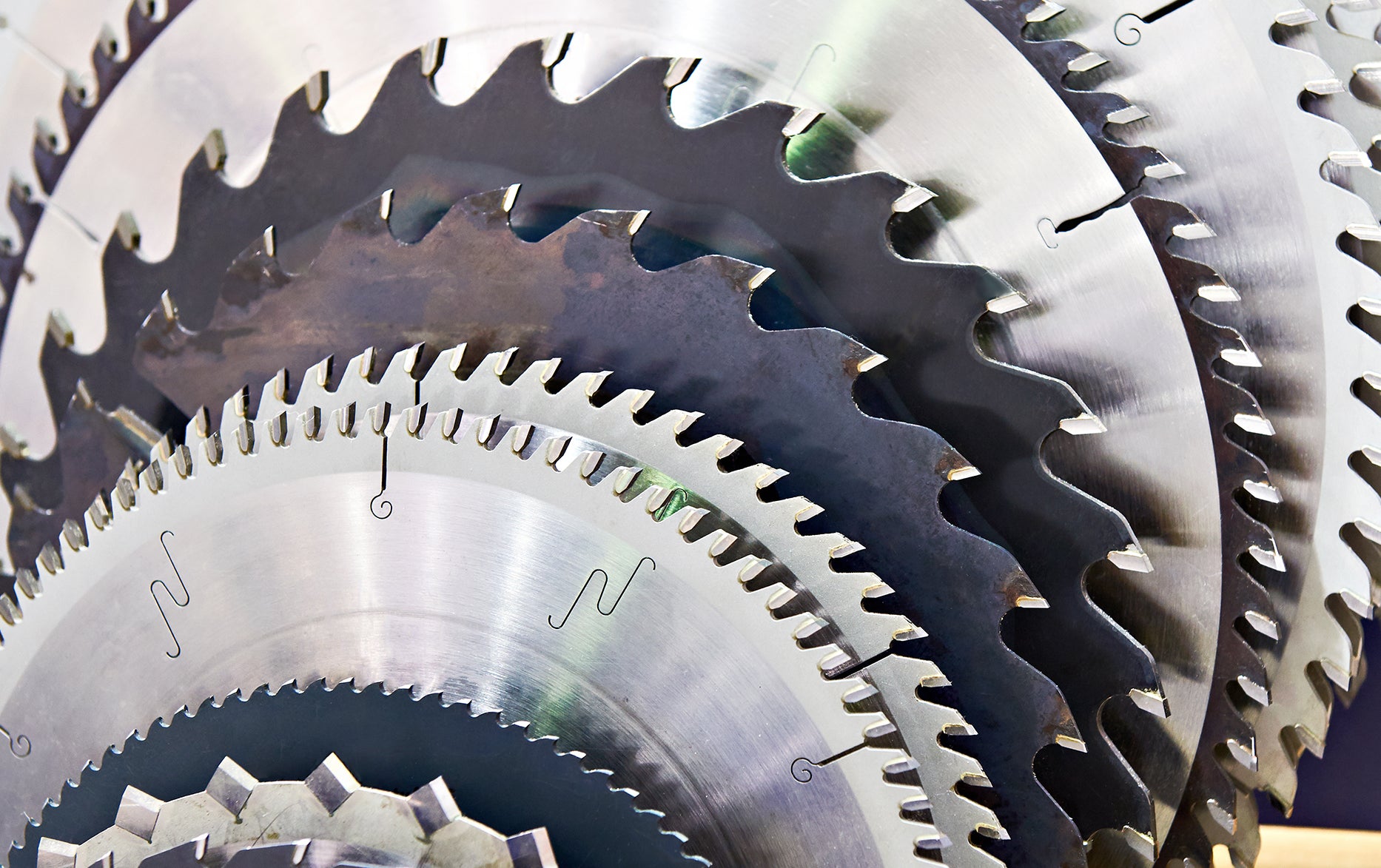In the realm of woodworking, metalworking, and DIY projects, achieving professional-quality finishes and secure fastenings often hinges on the precision and finesse of the tools at hand. Among the arsenal of tools favored by craftsmen and enthusiasts alike, the countersink drill bit stands out as a versatile and indispensable tool for creating clean, flush surfaces and ensuring strong, reliable connections. In this article, we explore the functionality, applications, and techniques associated with countersink drill bits, empowering readers to elevate their craftsmanship and achieve superior results in their projects.
Unveiling the Countersink Drill Bit
A countersink drill bit is a specialized cutting tool designed to create conical recesses, or "countersinks," in a variety of materials, including wood, metal, plastic, and composite materials. These recesses are typically used to accommodate the heads of screws, bolts, or rivets, allowing them to sit flush with or below the surface of the material. By creating a smooth transition between the fastener and the material, countersink drill bits not only enhance the aesthetic appearance of the finished product but also prevent snagging and improve overall stability.
Versatility Across Applications
Countersink drill bits find application in a wide range of woodworking, metalworking, and fabrication tasks, making them a staple tool in the toolkit of professionals and hobbyists alike. In woodworking, countersink drill bits are commonly used to prepare surfaces for screw or nail installation, ensuring that fasteners sit flush with the wood's surface and minimizing the risk of splitting or splintering. In metalworking, countersink drill bits are essential for creating clean, precise holes in metal surfaces, particularly in applications where countersunk fasteners are required for aesthetic or functional reasons.
Enhancing Fastening Techniques
One of the primary benefits of using countersink drill bits is their ability to improve the integrity and strength of fastenings. By creating a recess for the fastener head to sit in, countersink drill bits allow for greater surface contact between the fastener and the material, distributing load forces more evenly and reducing the risk of loosening or failure over time. This is particularly important in applications where vibration, torque, or sheer forces are prevalent, such as in construction, cabinetry, furniture making, and automotive assembly.
Mastering the Technique
Achieving professional results with countersink drill bits requires careful attention to technique and proper tool selection. When choosing a countersink drill bit, it's essential to consider factors such as the material being drilled, the size and type of fastener being used, and the desired depth and angle of the countersink. Additionally, maintaining a steady hand and applying consistent pressure while drilling will help ensure clean, uniform results. For optimal performance, it's recommended to use countersink drill bits in conjunction with a drill press or a handheld power drill equipped with adjustable speed settings.
Conclusion
Countersink drill bits represent a fundamental tool in the repertoire of craftsmen, builders, and DIY enthusiasts seeking to achieve professional-quality finishes and secure fastenings in their projects. By creating clean, precise recesses for fasteners, countersink drill bits not only enhance the aesthetic appeal of the finished product but also improve its structural integrity and longevity. Whether working with wood, metal, or other materials, mastering the use of countersink drill bits empowers individuals to elevate their craftsmanship and achieve superior results in their endeavors.
For More Info-:





Comments